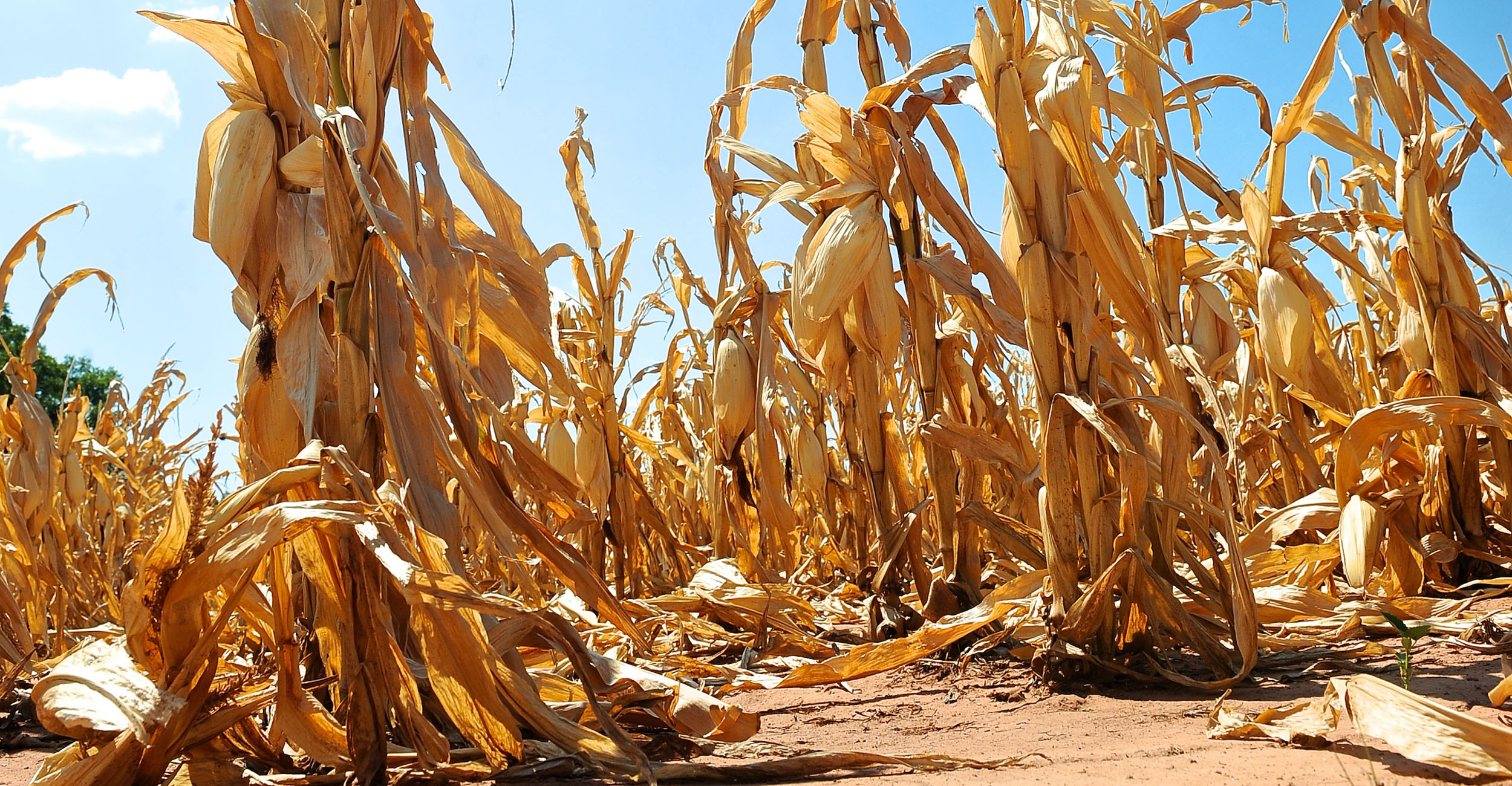
Test nitrate levels before feeding failed crops
Monday, August 1, 2022
Media Contact: Gail Ellis | Editorial Communications Coordinator | 405-744-9152 | gail.ellis@okstate.edu
The harvest of fall crops will not go according to plan this season for some Oklahoma producers due to extreme summer heat and drought. For crops like corn that are not harvested for grain, repurposing the plants as forage might be an option.
When feeding a failed field to livestock, producers should first test for nitrate toxicity in crops, such as corn, sorghum or sudan. Alex Rocateli, Oklahoma State University Extension forage systems specialist, said crops intended for grain production may have been fertilized more, stimulating the plant to absorb more nitrates. Herbicides and pesticides might also have been applied.
“Look at the chemical label to make sure there isn’t a grazing or haying restriction for what you had applied,” Rocateli said. “Then sample (the crop) and send it to analysis for nitrate concentrations. County educators can help sample the crop properly, analyze it and interpret the results.”
Rocateli said farmers can graze corn but should not turn hungry cattle onto drought-stressed corn stalks that may contain nitrates. Feed cattle good quality hay before introducing them to the crop but do not overgraze the field.
When the corn is grazed down to a height of 15 inches, remove the cattle from the field. Rocateli said most of the plant’s toxicity is present in the lower stalk, and the last 12 to 15 inches should not be consumed by livestock.
“If the plants are drought stressed and receive rain, wait five to seven days before grazing or cutting for hay,” he said. “After rain, the nitrate concentration will spike before the plant metabolizes it.”
Other methods of feeding failed crops to animals include green chop, silage and baling the field for hay. Rocateli discusses these options on SUNUPTV, OSU Agriculture’s weekly television show.
